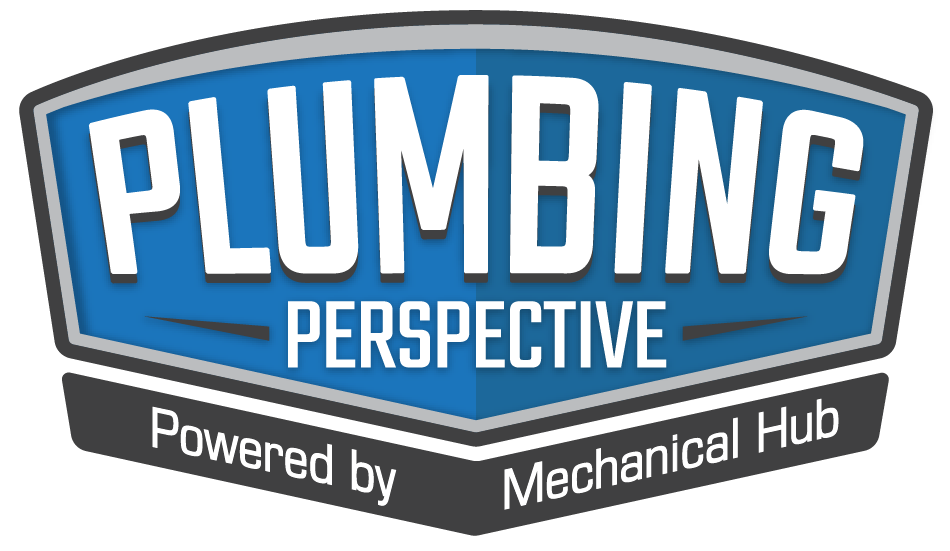https://youtu.be/Nj31KASiW7w Standard anode rods are sacrificial devices meant to protect tank water heaters from corrosion and failure. Annual maintenance on tanks is typically not carried out resulting in the depletion of the anode rod and corrosion buildup in the tank. Either replacing an old anode rod with new or replacing with a power anode rod Read more
water heater
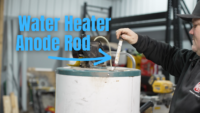
Standard anode rods are sacrificial devices meant to protect tank water heaters from corrosion and failure. Annual maintenance on tanks is typically not carried out resulting in the depletion of the anode rod and corrosion buildup in the tank.
Either replacing an old anode rod with new or replacing with a power anode rod is a great step in doing what you can to prolong the life of a tank water heater.
Master plumber Eric Aune talks about what an anode rod is, how it works and what are some of the options for replacement.
Tools and products used in this video:
Power Anode Rod Shown: https://amzn.to/3QzdykS
Milwaukee M12 Stubby Impact Wrench 1/2″ https://amzn.to/3irIdUU
Milwaukee M18 FUEL Mid-Torque 1/2″ Impact https://amzn.to/3GXDPX2
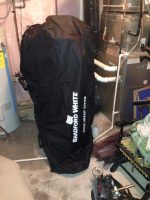
Online resources have influenced our daily activities. With so much information at our fingertips, we can answer our queries instantly. It’s no wonder people are utilizing online resources to renovate homes themselves rather than having to pay a professional. The same applies to plumbing projects like water heater installation. In theory, the process seems simple Read more
Online resources have influenced our daily activities. With so much information at our fingertips, we can answer our queries instantly. It’s no wonder people are utilizing online resources to renovate homes themselves rather than having to pay a professional.
The same applies to plumbing projects like water heater installation. In theory, the process seems simple to follow. But instant knowledge cannot compete with years of experience. Beginners can easily make risky and costly mistakes. To ensure you do not face such consequences, we have highlighted some common installation mistakes and ways you can avoid them.
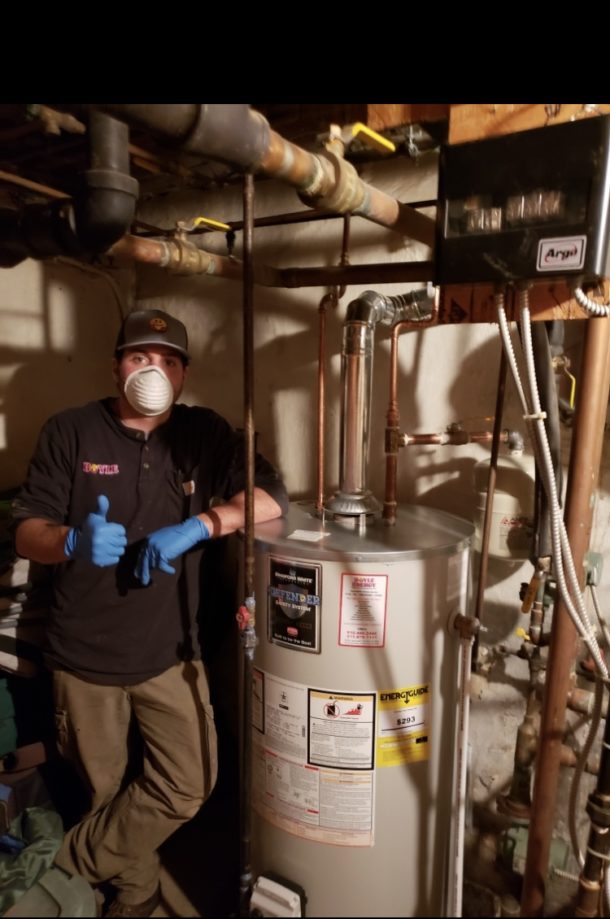
1. Improper Location
The location of your water heater is crucial for its efficiency and safety. Try not to place them in storage closets and attics. You may rarely visit these parts of your house, and will not know about damage until it is too late. To minimize plumbing, place the water heater closer to its area of use, such as the kitchen. For more efficiency, modern models are more insulated, making them broader. They may not fit in the same position as the old one. Instead, accommodate them in your backyard. Adequately placing water heaters ensures they do not ruin the interior’s appeal while working optimally.
2. Poor Drainage
Your heater must drain extra water whenever it gets too hot or builds up excess pressure. Connect the drain line from your tank to the TPR valve, which should discharge into a drain below. If there is no drain beneath, you must place a correctly sized drain pan. The drain pan should be at least 1.5 inches tall and 2 inches broad and made of corrosion-resistant materials. Place the drain correctly to avoid leaks. Otherwise, mold may develop due to subsequent water damage.
3. Improper Installation of Relief Valves
Relief valves are safety features that help regulate temperature and pressure in geysers. The tank will likely blow up if you install them incorrectly, dousing everything within a few feet of the tank. To avoid any accidents, be careful in installing the valves. Mount the valve to the tank’s side 6 inches above the floor, and connect a threaded drain tube to the valve outlet for additional protection. Regardless of your skills in installations, we recommend taking professional help. A mistake can cause harm to your property and loved ones.
4. Incompatible Metal Connection
Some people don’t consider the compatibility of metal pipes when connecting them. Even a 0.1mm difference in the pipes’ diameter can result in their corrosion. If your water pipes are made of copper, you should use brass connectors. Combining copper pipes and galvanized steel connectors will result in a poor connection since they are incompatible. These connections will eventually corrode, cause water leaks and reduce the water heater average lifespan.
5. Soldering of Pipes
Soldering is undoubtedly the best technique for connecting the water line and the tank, but its heat can harm the plastic. Avoid soldering and bringing the propane torch near the water tank. Instead, unscrew the pipe’s nipples from the tank. Create a tiny extra segment, and solder it to the nipples. This way, you won’t need to get the propane torch close to the tank. Consider getting help from heater installation service companies for safer and improved results.
Endnote
Incorrectly Installing water heaters can lead to many problems, such as the ones mentioned above. Avoid these issues by following the proper instructions and staying away from experimentation. In technical projects like this, prioritize your safety by adhering to certain precautions. If you are a beginner or unsure about the process, consider leaving the installation to experienced hands. By trusting a professional, you will worry less and can enjoy the warm water.
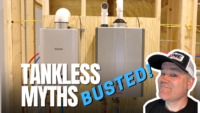
https://youtu.be/ZSDNnJmsl78 After nearly 25 years in the plumbing & heating industry I can say with confidence I’ve heard just about all there is to say about tankless, right or wrong…most of it wrong! In this video I go over 8 separate myths that are commonly said about tankless. With each myth I give facts and Read more
After nearly 25 years in the plumbing & heating industry I can say with confidence I’ve heard just about all there is to say about tankless, right or wrong…most of it wrong!
In this video I go over 8 separate myths that are commonly said about tankless. With each myth I give facts and opinions based on my experience that bust every myth.
If you’d like more information about tankless check out Rinnai US
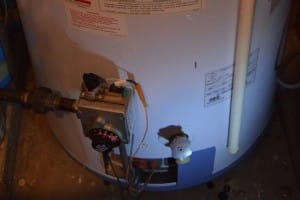
Water heater maintenance ensures hot water keeps flowing and helps you avoid cold showers. If neglected, your water heater could break down. It has safety devices that need annual testing to ensure its safety. Water heaters have pressure and temperature valves for discharging water to protect them against excessive temperatures and pressures. The valves should Read more
Water heater maintenance ensures hot water keeps flowing and helps you avoid cold showers. If neglected, your water heater could break down. It has safety devices that need annual testing to ensure its safety. Water heaters have pressure and temperature valves for discharging water to protect them against excessive temperatures and pressures. The valves should be checked during annual inspections for safety purposes.
Sediment buildup significantly contributes to your water heating system’s inefficiency by settling at your water heater’s bottom, making it hard to generate hot water and lessening the water available for heating. However, regular maintenance ensures your system’s efficiency. Here are five water heater maintenance tips to consider.
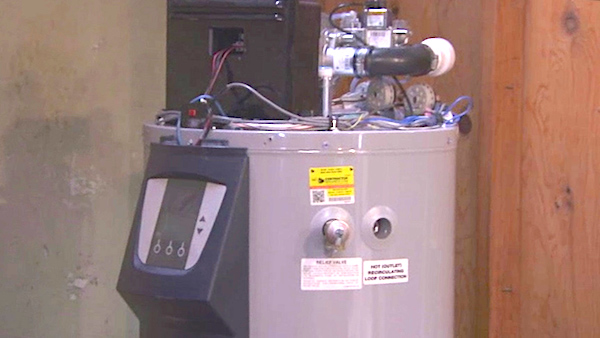
1. Schedule an annual water heater inspection
Skimping on water heater maintenance isn’t good because it could render your water heating system inefficient. An annual professional water heater inspection by Williams Comfort Air or other installation and repair experts near you can help prevent significant problems.
This is because the inspection exercise allows you to identify issues before they get out of hand and get them addressed or repaired immediately, ensuring your water heater functions at its peak and reducing water heating costs. If you have a gas heater, the professional inspector ensures it’s adequately ventilated to prevent the risk of carbon monoxide poisoning.
2. Drain the hot water tank
Draining a hot water tank is an excellent way to extend your water heater’s life. This eliminates sediment buildup to ensure your water heater performs more efficiently, reducing water heating costs. If the tank is neglected, the water heater may not last as long, and the heating bills may increase due to slow water heating.
Since sediment and buildup settle at the bottom of the tank, it isn’t necessary to drain the whole water tank each time. You can flush until most of the dirt is flushed out, ensuring a speedy refill process and preventing you from accidentally turning the heater on without water which could damage it.
3. Reduce your water heater temperature
The hotter the water is in your heater, the more the elements inside of it will contract and expand, weakening them and causing them to erode or corrode. This may also increase the possibility of them wearing out quicker. Reducing your water heater’s temperatures ensures that the materials inside won’t expand or contract as much, extending its life and reducing utility bills. It also makes your plumbing last longer.
4. Insulate the water heater tank
Insulating electric water heaters is a cost-effective way of improving energy efficiency and saving you money monthly. Water heater insulation may reduce standby heat losses by 25% to 40% while saving you around 7% to 16% of water heating expenses. An insulation blanket can help reduce heat loss in your gas water heater. However, you should familiarize yourself with the local utility company and code regulations because some may restrict insulation blankets.
5. Replace the water heater filter
When hard water goes into your heater and starts heating up, the scaling minerals usually come out, creating a rock in the heater. This reduces the water heater’s efficiency until it eventually dies. A water heater filter keeps the hard water minerals from coming out. Replacing it regularly ensures your heater functions effectively.
Endnote
Caring for your water heater increases its longevity, enhances its effectiveness, and reduces water heating costs. Consider using these water heater maintenance tips to leverage these benefits.
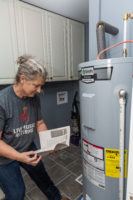
A.O. Smith, a leading water heater manufacturer, has donated 200 water heaters for Waverly, Tenn. flood relief efforts. The units will be provided to flood victims who are still rebuilding eight months after storms ripped through the town on Aug. 21, 2021. “At A. O. Smith, we are deeply committed to supporting our local communities,” Read more
A.O. Smith, a leading water heater manufacturer, has donated 200 water heaters for Waverly, Tenn. flood relief efforts. The units will be provided to flood victims who are still rebuilding eight months after storms ripped through the town on Aug. 21, 2021.
“At A. O. Smith, we are deeply committed to supporting our local communities,” said David Chisolm, vice president of marketing and customer experience. “Hot water is such a basic life necessity. We hope the donation of these units will allow this community to rebuild more quickly while lessening the financial burden. We also hope that this will inspire other companies to step forward with additional donations to assist in rebuilding the Waverly community.”
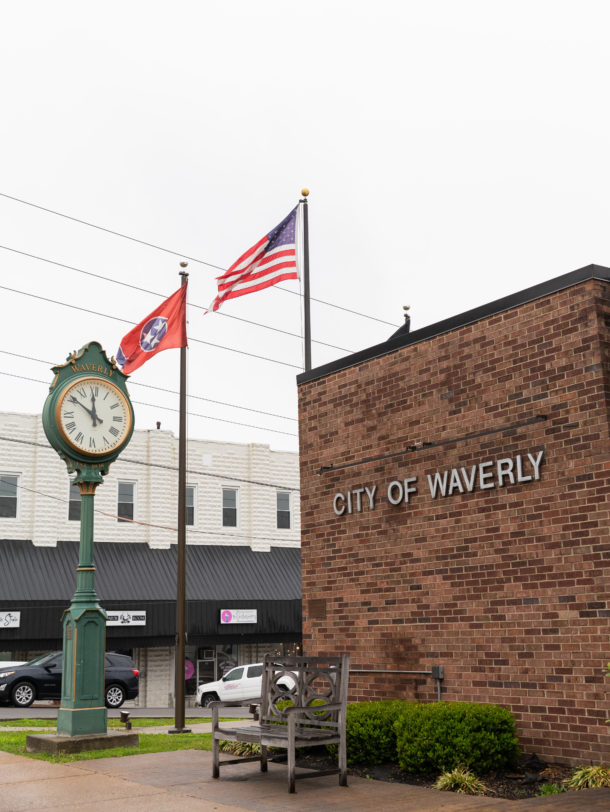
In August 2021, treacherous storms swept through the Waverly community claiming 20 lives, including several children. Hundreds of homes were damaged, and some residents have even had to purchase trailers and RVs to live in while their homes are being repaired. Of the homes that were destroyed or severely damaged, 80% of them are owned by people ages 70 or older, and most of those homeowners are living on social security wages.
“The past eight months since the flood have been incredibly difficult, but Waverly is a resilient town,” said Waverly resident, Susan Hodges. “When our family began rebuilding, we had no idea how long the process would take or just how expensive it would be. We’re grateful for the money we’ve saved by not having to purchase a water heater, but the impact of A. O. Smith’s donation goes beyond that—it’s a huge step toward making our home livable once again, and it’s raised our spirits along the way.”
FEMA helped support the community at the beginning of its redevelopment phase immediately after the flooding, but the extensive damage has continued to put pressure on homeowners. Community members have worked relentlessly to help their neighbors, friends and family in the area recover from the devastation. Hodges has two adult children living in Waverly whose houses were destroyed by the flood. She has spent the last eight months assisting them in their complete home renovations.
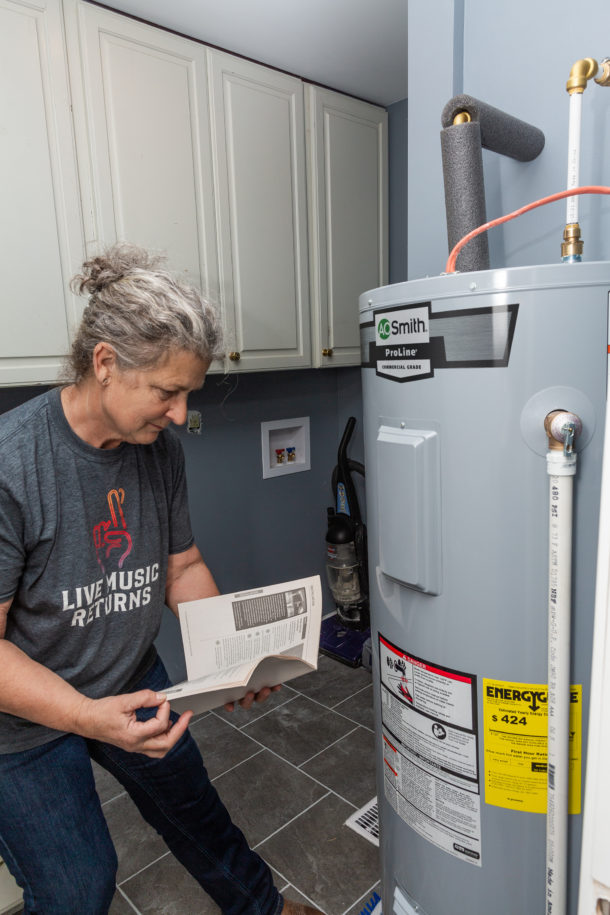
“The Waverly community has worked tirelessly to help neighbors and friends rebuild from this tragedy. We are so thankful for the water heater donation from A. O. Smith,” said Kaye Thomas of First Baptist Church Relief Efforts. “Water heaters are an essential item that many of our homeowners could not afford without the help from A. O. Smith. This donation truly gave the Waverly community a renewed sense of hope in what continues to be a long road to recovery. It will allow our community to continue to push forward in recovery efforts as we rebuild.”
The units were delivered to the First Baptist Church in Waverly earlier this year, and roughly 100 units have already been distributed to families in need. Distribution and installation will continue in the coming months.
